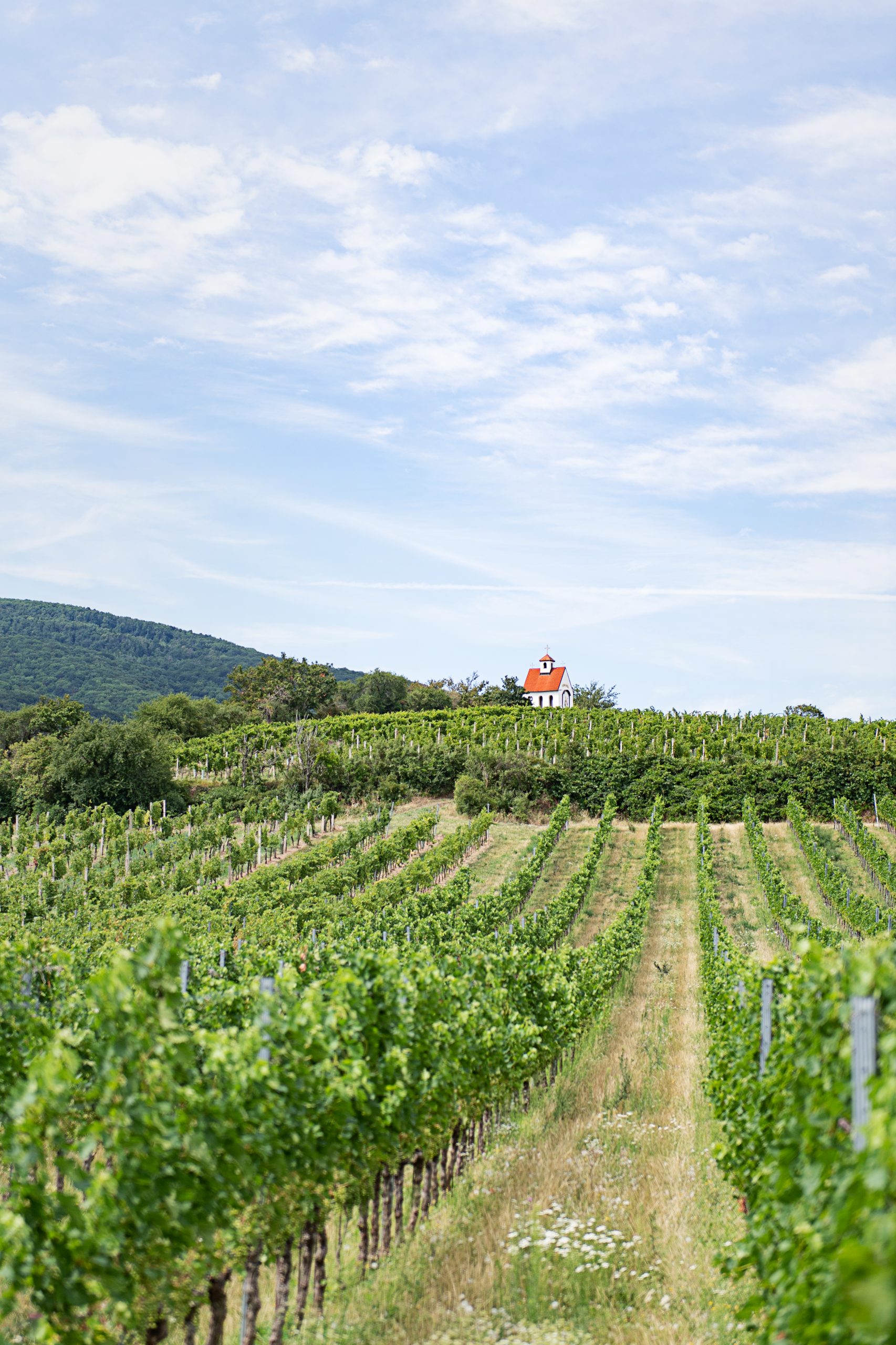Summer of rain and high temperatures produces fruity harvest for Austrian wines
Fruity and harmonious wines are predicted to come out of Austria’s 2021 harvest, with a slightly later picking due to extreme weather patterns.

“After the economically turbulent years of the COVID-19 pandemic, Austria’s winemakers are looking forward to this year’s vintage. In terms of volume, an average harvest of around 2.4 million hectolitres is expected, similar to last year. Because of weather conditions, the harvest will take place slightly later than in recent years,” explained Johannes Schmuckenschlager, President of Austria’s Winegrowers Association.
Moderate winter moisture was followed by interchangeable cool and warm spells in March and April. Dry overall, most vines did not bud until late April. Cool weather in May delayed vine development, which was beneficial in terms of the risk of late frost. As a result, flowering took place in mid-June, but the heat of that month meant they proceeded quickly.
Other European regions were not so lucky. As Schmuckenschlager explains: “The rather cool weather in the first half of the year also came with some advantages. The grapevines were late developing, which significantly reduced the risk of damage as a result of late frosts. Other European winegrowing regions weren’t as lucky. Large parts of France and Italy, and some areas of Germany, suffered considerable damage because of late frosts, which, all in all, will have an impact on the European wine market this year.”
From June onwards, high temperatures and heavy downpours became a challenge. Hailstorms in the Weinviertel severely damaged around 1,000 hectares of vineyards on 24 June, and July saw much heat and rain. Significant hailstorms occurred in many winegrowing regions, such as the Wachau, Wien, Mittelburgenland, Südsteiermark and Vulkanland, and heavy rain in the Kremstal and Traisental regions led to considerable run-off.
Partner Content
Particular care and attention was needed for the vines, with heavy rain and high temperatures causing serious fungal attacks in the vineyards.
Despite these challenges, the heat and moisture characterised growth-promoting weather, and led to accelerated ripening. As a result, Austrian grapes are in the same stage of ripeness than in previous years despite late budding and flowering.
Fruity and harmonious wines can be expected from this year’s harvest. With ripening delayed until a slightly cooler period with somewhat colder nights, corresponding sugar concentrations and an adequate degree of acidity are expected.
“Winegrowers are now hoping for a warm, dry autumn so that they can harvest fully ripe, harmonious wines. Based on estimates from the winegrowing regions, a wine harvest of 2.4 million hectolitres, which is around the annual average, is expected this year. Aside from early picking for grape juice and Sturm (partially fermented grape must) production, harvesting will begin in the area around Lake Neusiedl in the first half of September and in many other areas around mid-September. In most regions, the main harvest will take place in late September, early October,” says Schmuckenschlager.
Related news
Castel Group leadership coup escalates
For the twelfth day of Christmas...
Zuccardi Valle de Uco: textured, unique and revolutionary wines




